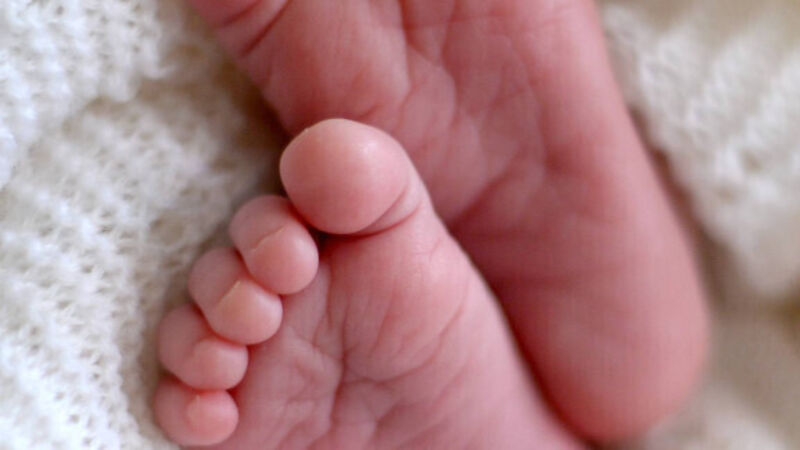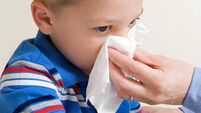Babies ‘at risk of infection’ in National Maternity Hospital

The National Maternity Hospital, Holles Street, Dublin, which delivered almost 9,500 babies last year, had 46 babies in a neonatal intensive-care unit designed to accommodate 36.
One cot was partially blocking a fire exit and another was near a sink that might pose a risk of a waterborne infection.
Inspectors from the Health Information and Quality Authority (Hiqa) who visited the hospital last October found overcrowding in the neonatal intensive care unit was not unusual.
The master of the hospital, Rhona Mahony, said in a letter to Hiqa that the neonatal intensive care unit had been very busy at the time of the inspection.
During the previous four weeks, the number of babies in the unit had varied from 30 to 46.
“At times, we make a decision to continue to admit babies although the unit is full and that may be because the risk of not doing so is greater and due to the unavailability of other options within the country,” wrote Dr Mahony.
Inspectors found overall environmental hygiene in the delivery ward was very poor. Serious shortcomings were found in the cleanliness of patient equipment and waste management.
Hospital management said high levels of activity, particularly in the months before the inspection, made it difficult to access delivery rooms for cleaning.
The hospital, built in the late 1800s, had 10 delivery rooms but plans for the new maternity hospital to be built at st Vincent’s Hospital included up to 24 delivery rooms.
Hiqa did say that, despite the challenges, the hospital had reported low perinatal mortality rates and low bloodstream infection rates.
However, it found that the layout and use of the 10 delivery rooms meant that half of them were effectively a thoroughfare for staff and visitors.
“This infrastructure does not facilitate patient’s dignity, confidentiality or privacy and does not facilitate infection prevention and control,” it said.
Cleaning processes and the management of cleaning equipment was also criticised, particularly the use of a single mop head to clean up body fluid spillages in a number of rooms.
Injection practice was also unsafe, with multiple syringes containing reconstituted intravenous medications insufficiently labelled and stacked on an unclean tray in a fridge in the delivery room.
A follow-up inspection last November found a significant improvement had been made in environmental and patient equipment hygiene. A deep clean of the delivery ward started immediately after the inspectors’ October visit and took three weeks to complete.
However, the inspectors found that significant improvements in cleaning practices were still needed and concerns relating to injection practices had not been fully addressed.
An inspection carried out at the University Hospital Waterford last December criticised bed spacing in its intensive-care unit.
“Treatment of patients in close proximity to each other increases the risk of spread of many infections including those caused by multi-drug resistant organisms,” the report warned.












